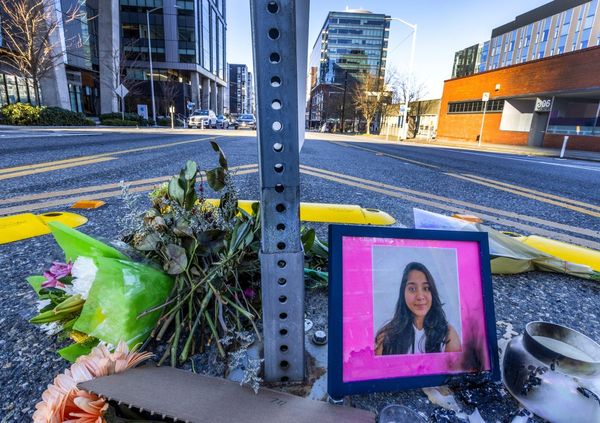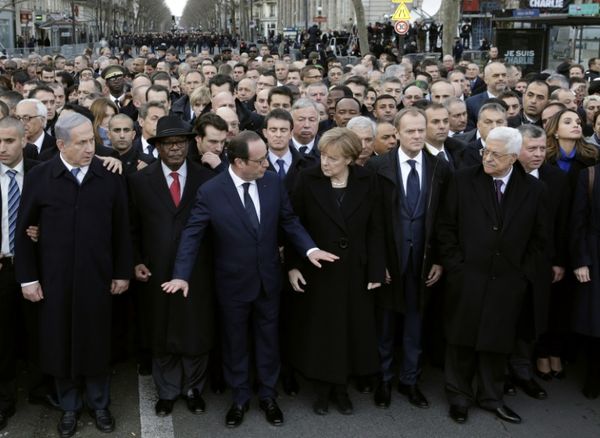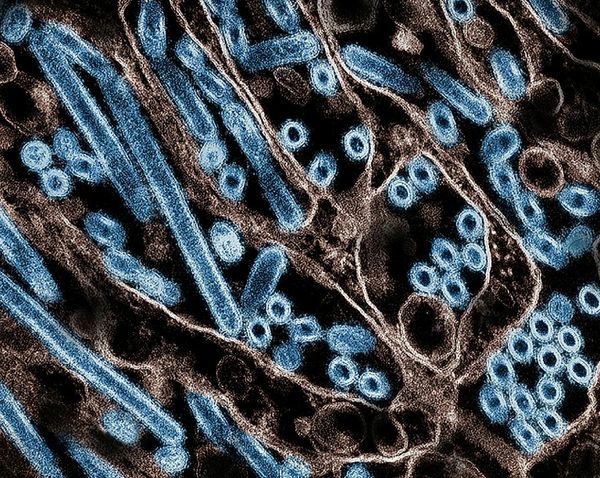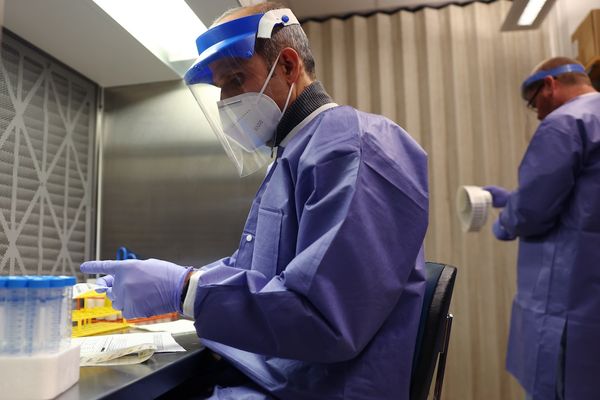Melting ice in the Italian Alps has revealed a "time capsule" of the daily life of soldiers fighting in World War I.
The glacial melt near the famous Stelvio Pass in northern Italy has revealed a cave shelter used by Austro-Hungarian soldiers, complete with weapons, lamps, eating utensils and corpses.
The White War museum in nearby Adamello said the frozen barracks had preserved the moment "when the last Austrian soldier hastily closed the entrance door to rush down" the mountain in 1918.
The White War is the name given to the fighting in the high-altitude Alpine sector of the Italian front during World War I.
Many of the soldiers died in temperatures as low as -40 degrees Celsius at the 3,000-metre peak of Mount Scorluzzo.
Now rising temperatures are shedding new light on their daily lives, according to Stefano Morosini, a historian and coordinator of heritage projects at Stelvio national park.
"The barracks is a time capsule of the White War that helps us to understand the extreme, starving conditions that the soldiers experienced," he told The Guardian.
"The knowledge we're able to gather today from the relics is a positive consequence of the negative fact of climate change."
Recovery work at the site began in 2017, with more than 300 relics revealing the "inhuman conditions" the soldiers endured, according to the White War museum, which will display the items.
The slowly receding ice has also revealed grisly discoveries, according to Marco Ghizzoni, a member of staff at the White War museum who also helped to excavate the Mount Scorluzzo barracks.
"A corpse is found every two or three years, usually in places where there was fighting on the glacier," he said.







